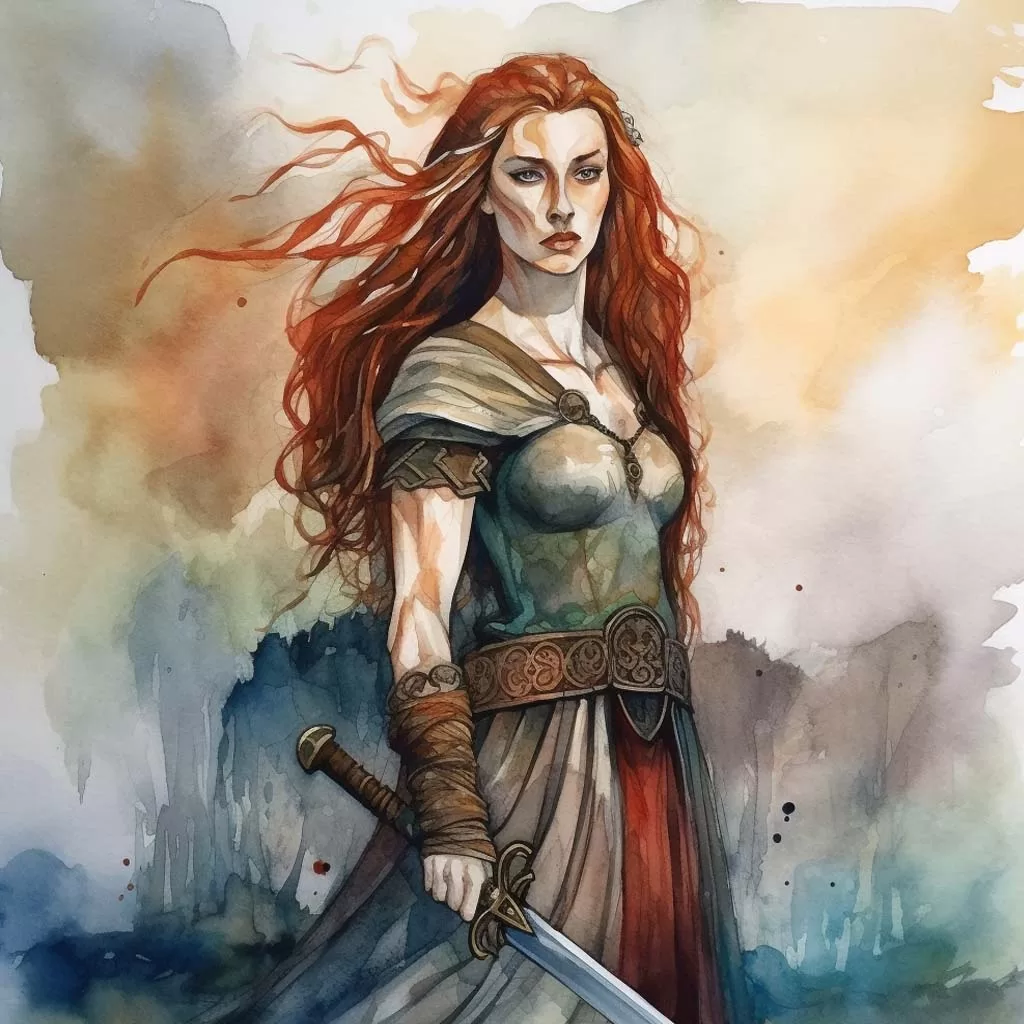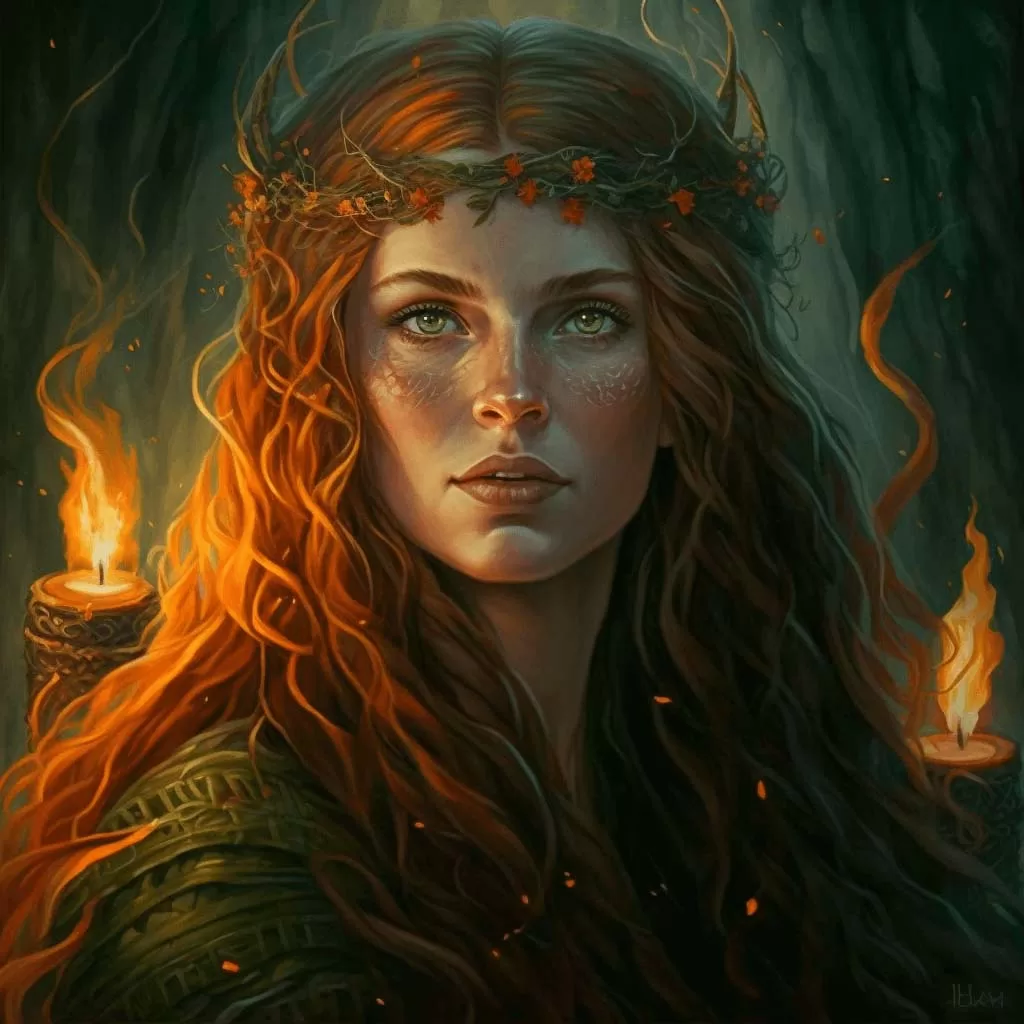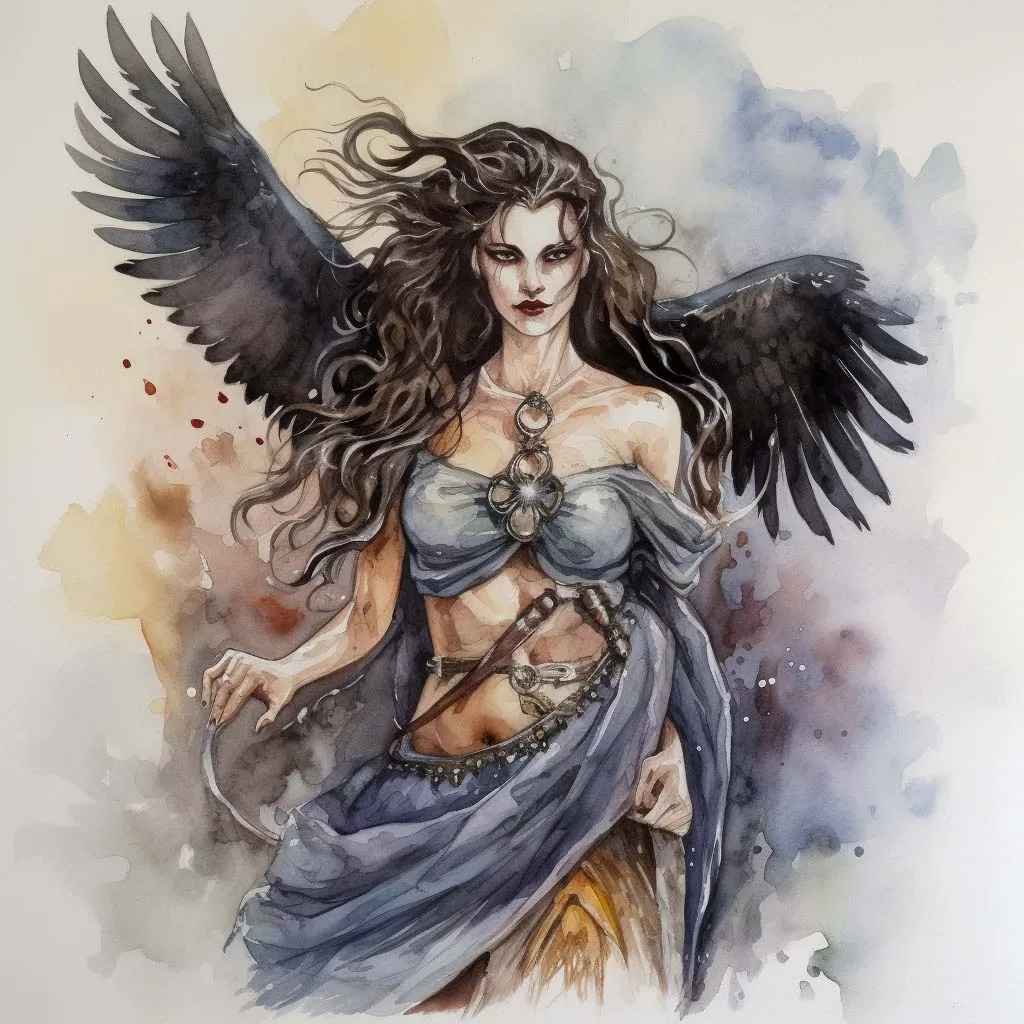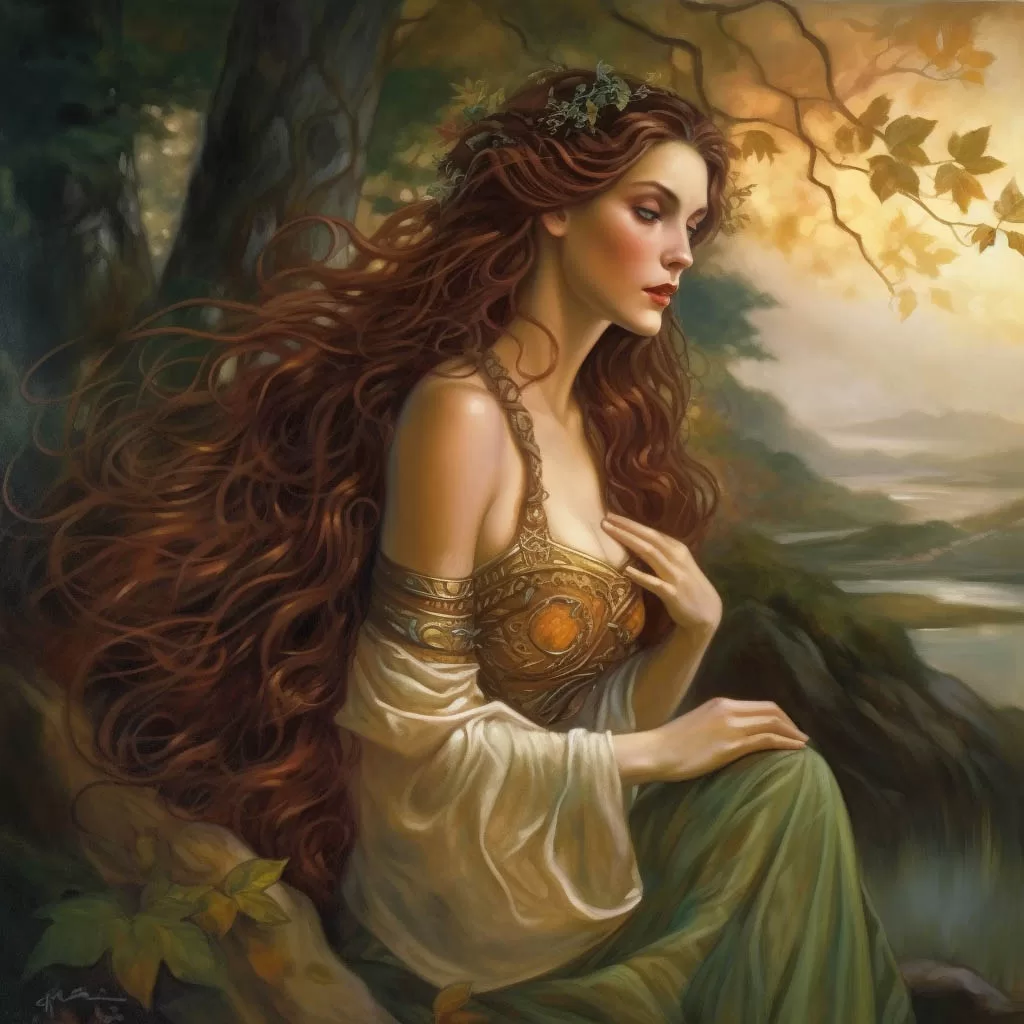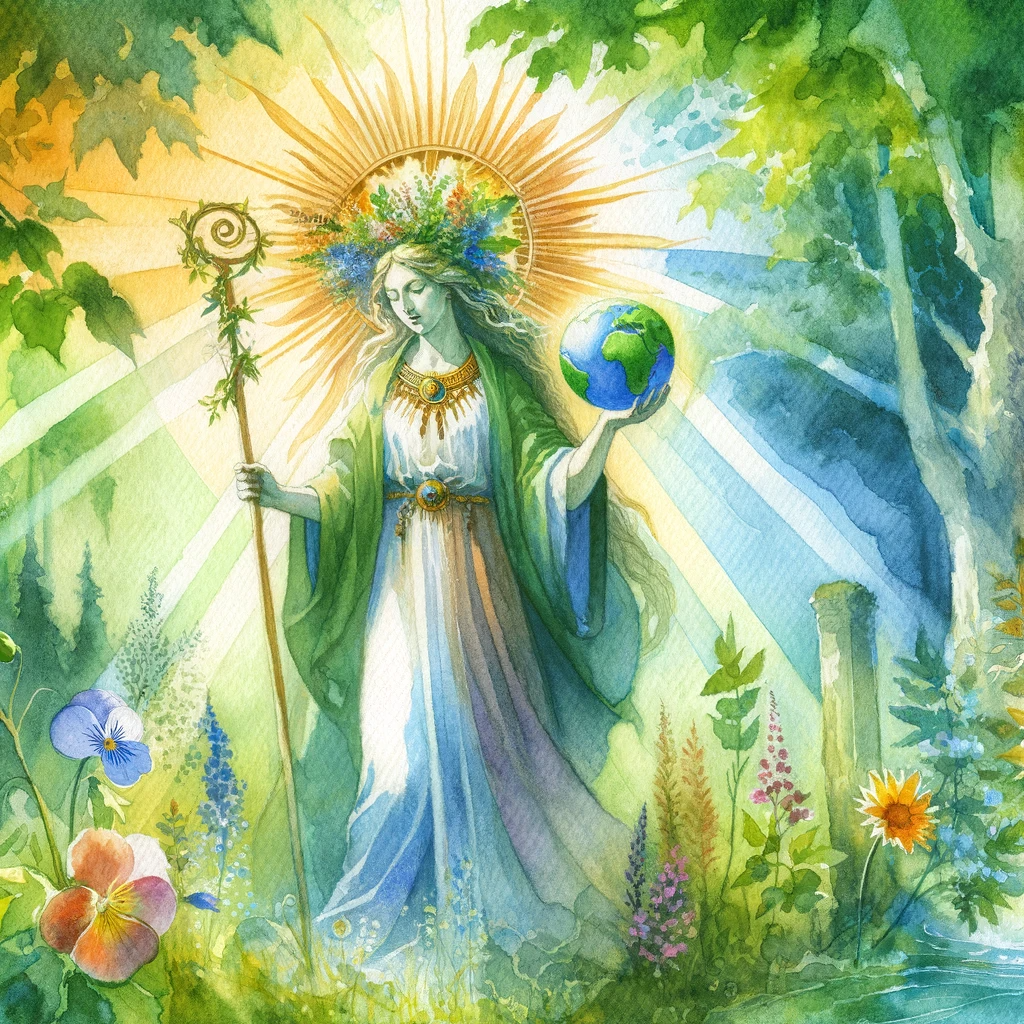The Morrigan, a formidable figure in Celtic mythology, has captivated the hearts and minds of those who have encountered her tale. As a goddess who embodies war, fate, and sovereignty, she has played an essential role in the legends and beliefs of the ancient Celts.
The Triad | Society | Mythology | Influence
This article delves deep into the rich tapestry of The Morrigan’s story, exploring her various aspects, significance in Celtic society, and the enduring influence of her legend in modern times.
The Triad of Goddesses
The Concept of the Triple Goddess
The Morrigan is a complex figure, often depicted as a triad of goddesses, each representing a different aspect of war and fate. This concept of a triple goddess is common in Celtic mythology, symbolizing the various phases and cycles of life. The Morrigan’s three distinct aspects highlight her multi-faceted nature and the myriad ways in which she influenced the Celtic world.
The Three Faces of The Morrigan
The trio that forms The Morrigan consists of Badb, Macha, and Nemain. Together, these deities create a powerful force that shaped the destinies of individuals and entire nations alike. Badb is the goddess of war and chaos, known for her ability to create confusion among enemies on the battlefield. Macha, on the other hand, represents sovereignty and protection, ensuring the well-being of her people. Lastly, Nemain embodies strife and panic, instilling fear and dread in the hearts of those who oppose her.
The Morrigan in Celtic Society
Symbol of Strength and Resilience
The Celts, a tribal society inhabiting the British Isles and parts of mainland Europe, revered The Morrigan as a symbol of their own strength and resilience. During a time of perpetual conflict and territorial disputes, her presence was both comforting and awe-inspiring. The Celts believed that The Morrigan watched over their battles, guiding the hands of their warriors and determining the outcome of their skirmishes.
Rituals and Offerings
To honor and seek the favor of The Morrigan, the Celts performed rituals and offered sacrifices. These rites often took place before battles, as the warriors sought her blessing and guidance to ensure victory. Offerings to The Morrigan included weapons, armor, and sometimes even the heads of fallen enemies, which were considered symbols of power and strength. It was believed that these offerings would appease the goddess, granting protection and success in battle.
The Morrigan in Celtic Mythology
The Tale of Cú Chulainn
One of the most famous tales involving The Morrigan is the story of Cú Chulainn, a legendary Celtic hero. Cú Chulainn’s encounter with The Morrigan demonstrates her cunning nature and her ability to shape the fate of those she chooses. The story tells of how The Morrigan attempts to seduce Cú Chulainn, but he rejects her advances. In response, she vows to hinder him in battle. Despite her efforts, Cú Chulainn ultimately prevails, showcasing the tension between human will and divine influence.
The Second Battle of Mag Tuired
Another significant tale featuring The Morrigan is the Second Battle of Mag Tuired, a mythological conflict between the Tuatha Dé Danann and the Fomorians. The Morrigan plays a crucial role in this battle by prophesying the victory of the Tuatha Dé Danann and using her powers to confuse and weaken the Fomorian forces. Her involvement in this myth highlights her importance as a goddess of war and fate, shaping the destiny of entire peoples.
The Morrigan’s Enduring Influence
Modern Interpretations and Adaptations
The Morrigan’s legend has persisted through the centuries, captivating new generations and inspiring various interpretations and adaptations. In modern times, she has become a symbol of empowerment, particularly for women, as a representation of strength, independence, and resilience. Her story has been retold and reimagined in various forms of media, including novels, comic books, and video games, demonstrating the enduring appeal of her character.
The Morrigan in Neo-Paganism and Wicca
The Morrigan has also found her place in contemporary spiritual practices, such as Neo-Paganism and Wicca. Many practitioners are drawn to The Morrigan for her association with transformation, power, and personal growth. Rituals and offerings dedicated to her often focus on harnessing her energy to overcome challenges and embrace one’s inner strength. Additionally, her triple-goddess aspect resonates with the Wiccan concept of the Triple Goddess, representing the maiden, mother, and crone archetypes.
Conclusion
The Morrigan, as a Celtic Goddess of War, has left an indelible mark on the mythology and culture of the ancient Celts. Her various aspects, the triad of goddesses, and her role in legendary battles showcase her influence on both the personal and societal levels. The Morrigan’s story transcends time, as her character continues to captivate and inspire people today, manifesting in modern adaptations and spiritual practices. The tale of The Morrigan is a testament to the power of myth and the profound impact that ancient legends can have on the human imagination, even centuries after their inception.
Recommended Reading
- “Celtic Lore & Spellcraft of the Dark Goddess: Invoking the Morrigan” by Stephanie Woodfield. This book offers an in-depth exploration of The Morrigan, her history, and her significance in Celtic mythology. It also provides guidance on how to incorporate her energy into modern spiritual practices.
- “The Book of the Great Queen: The Many Faces of the Morrigan” by Morpheus Ravenna. Morpheus Ravenna’s work presents a comprehensive study of The Morrigan, examining her various aspects and roles in Celtic mythology. The book includes scholarly research, personal experiences, and practical advice for working with The Morrigan in a spiritual context.
- “The Morrigan: Celtic Goddess of Magick and Might” by Courtney Weber. This accessible and informative book offers an overview of The Morrigan’s history, mythology, and influence. It also provides guidance on connecting with The Morrigan for personal growth and empowerment.



